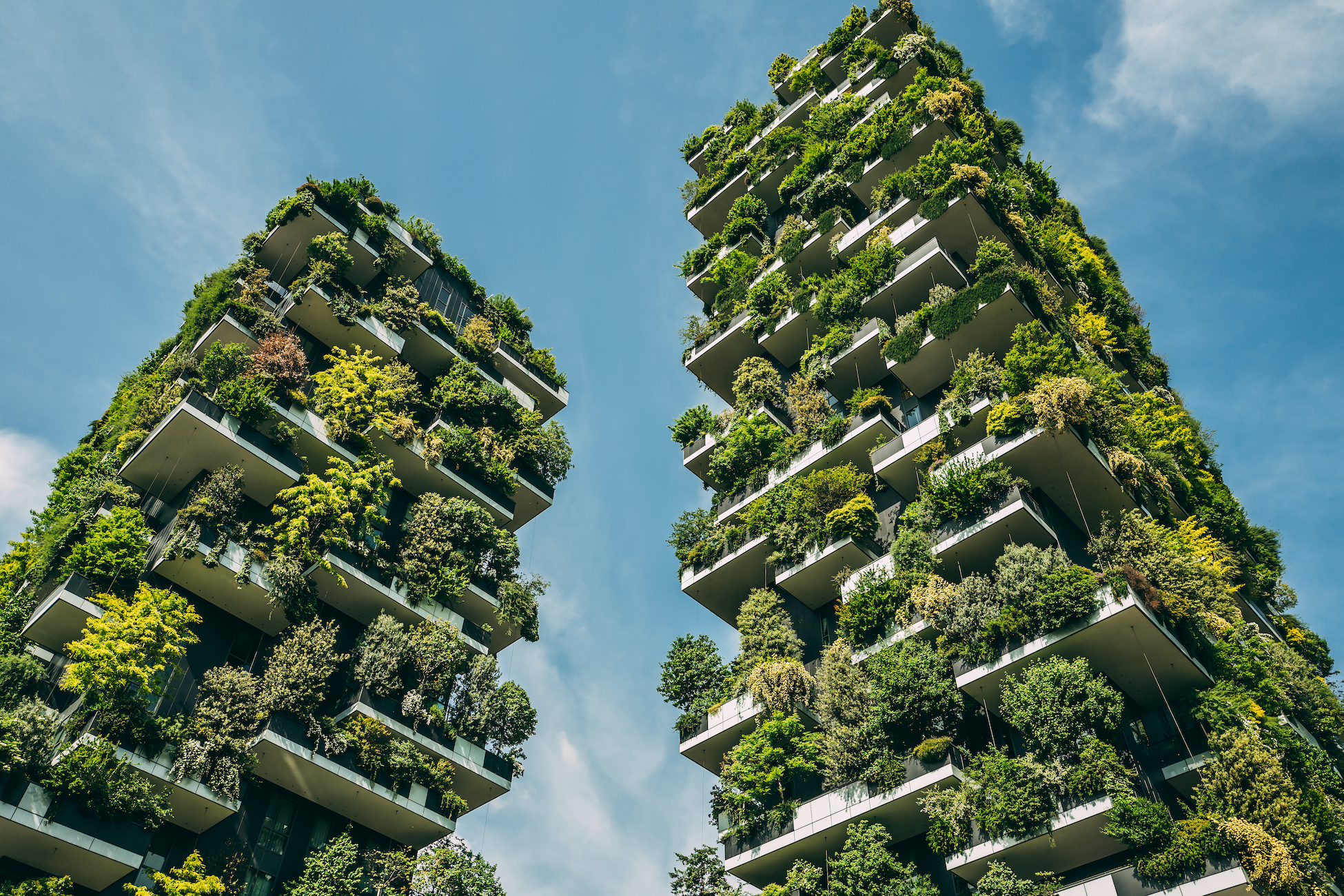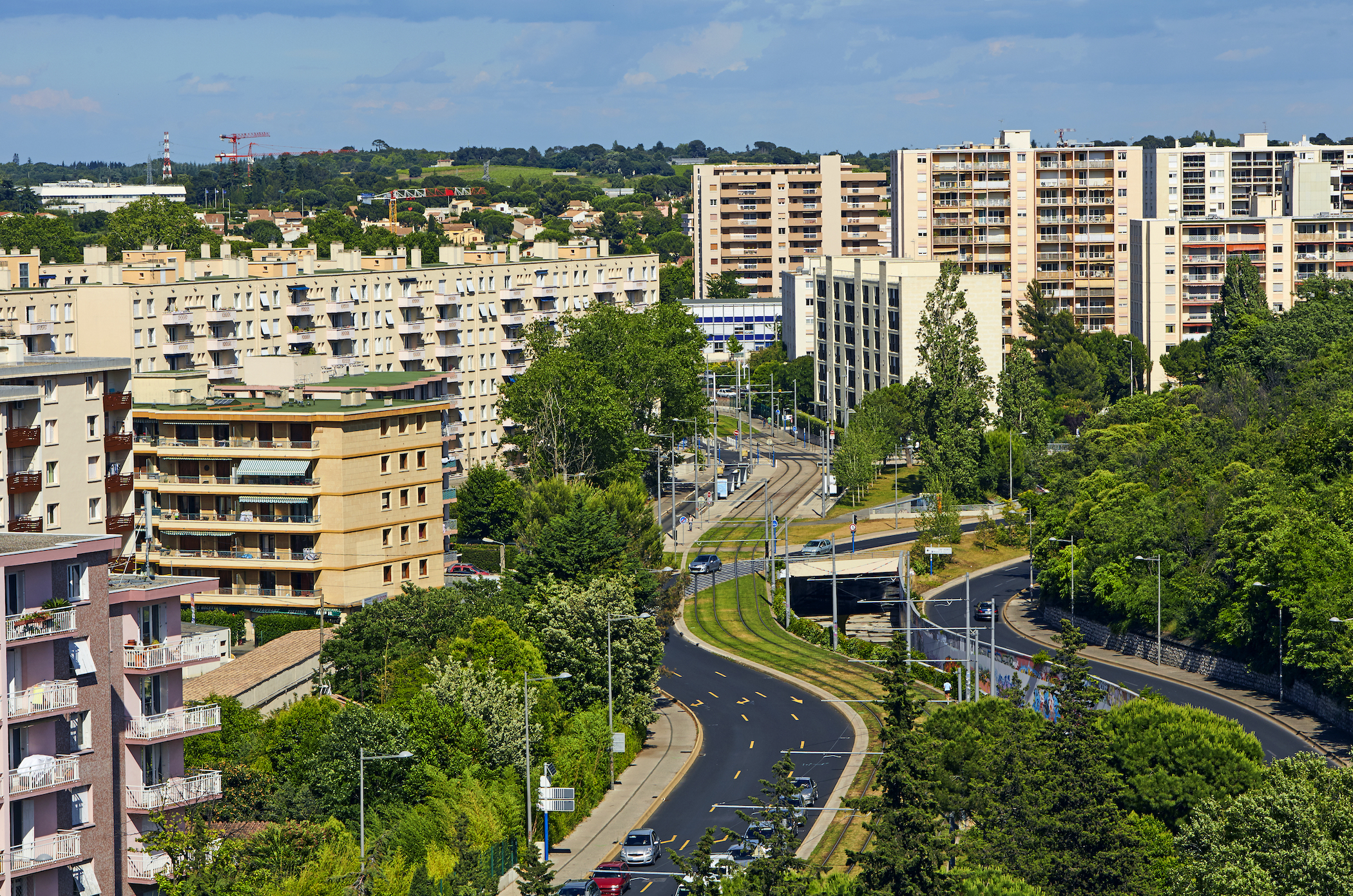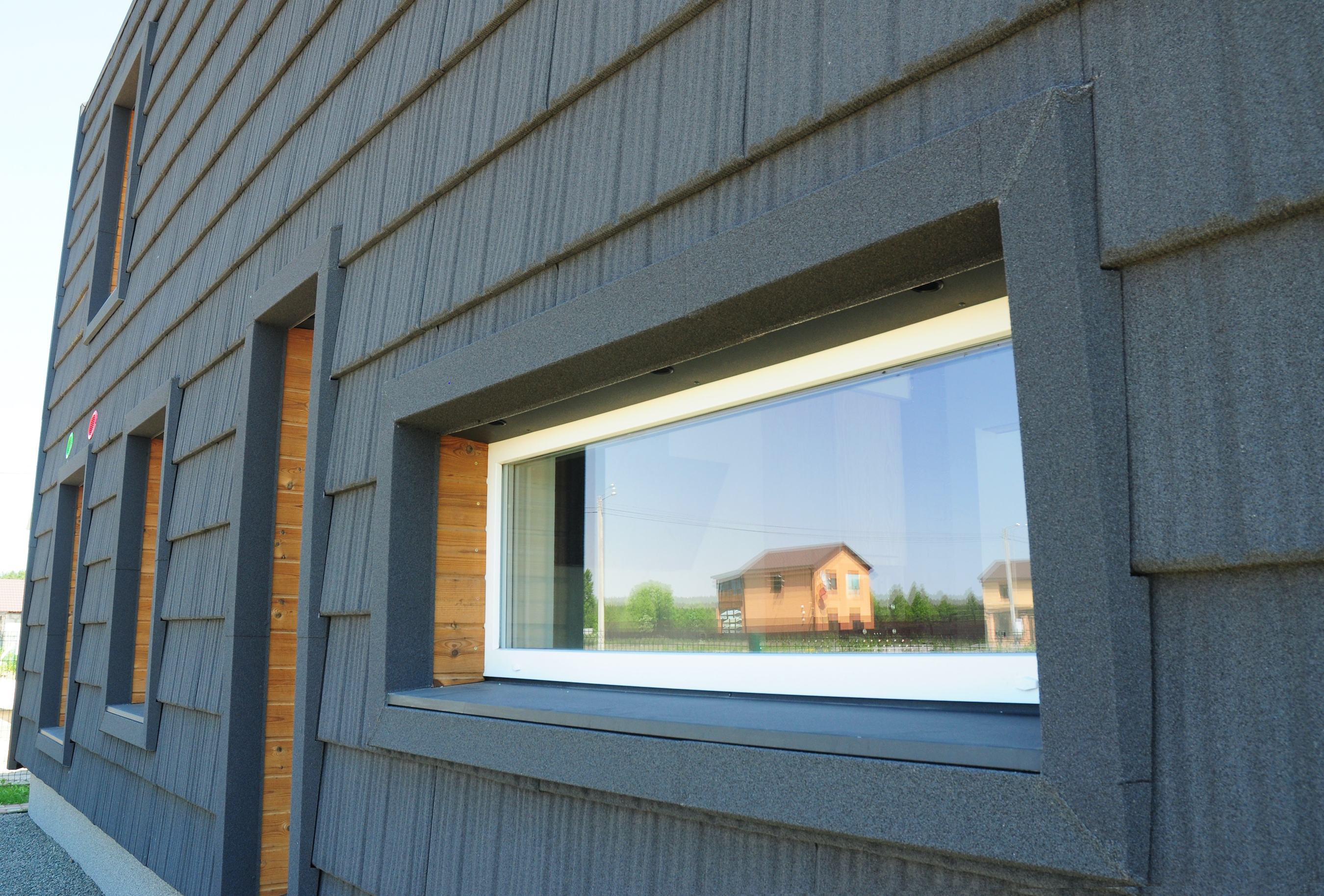My reservations about ecology are due to the fact that the discipline has struggled to find a place for humans. Humans tend to distract from the main role of ecology in the city, and they seem to be tolerated. One can see this in a number of ways. Human ecology emerged at the beginning of the 20th century, but by and large it has had very little influence. The other branch is urban ecology, which emerged in the 1960s and 1970s. Urban ecology has yet to make great forays in cities. In the end, the people who will probably exercise the greatest influence are landscape designers, who are now starting to work not only as landscape designers but also as urban planners.
Transforming cities through landscape architecture
Architecture Critic, Historian and Course Master
- The landscape of a city can be as small as a garden or as large as a forest. Landscape is especially important to the hinterland of a city.
- Though landscape architects are traditionally trained to design parks, they are increasingly commissioned to plan parts of cities. With greater knowledge of species, they often create less dense urban areas with more room for nature.
- Typically, architects and politicians believe that the compact city is more environmentally friendly because it consumes less land and energy. However, this model ultimately excludes nature.
The role of human agency
The importance of the landscape in cities is not something which is stable, and there are many aspects to it. A landscape can be as small as a garden or as large as a forest, all within the boundaries of a city. Also, the importance of landscape applies to a significant degree to the hinterland of the city, to what geographers call the region. How one connects architecture to the landscape beyond the city is an important question, which deserves a lot more attention from both architects and planners.
As far as nature in cities is concerned, the role of human agency is, to a significant degree, a question of conservation. Conservation is certainly very important. I think people in England are very good at it, and that’s why they have parks which are celebrated well beyond the city of London. At the same time, I do have reservations about the role which ecologists would like to have and sometimes do have in deciding what place nature should have in cities.

Photo by Sabino Parente.
How landscape architects shape cities
Landscape architects have been traditionally trained as people who design parks. Nowadays, and very interestingly, this has changed. Landscape architects are being commissioned to plan substantial parts of cities. A classic example would be the role that Dutch firm West 8, run by Adriaan Geuze, played in the planning of Borneo-Sporenburg, a very large urban development in the Eastern Docklands of Amsterdam.
Another very striking example is the landscape architecture and urban planning firm run by Michel Desvigne in France, which has been busy planning extremely extensive areas of territory. At that point, it becomes difficult to talk about design. This is really more in the field of planning. One sees much closer collaborations between landscape architects and architects, to the extent that one starts to wonder whether one day the two professions could in some way fuse.
Creating less density
The fragments of cities that have been designed by landscape architects are less dense than traditional development. Nature, not surprisingly, is much more visible. There are very clear ecological concerns. Significantly, landscape designers know a great deal about species, so the way the species are arranged within the city is much more sophisticated and much more thoughtful than it would have been otherwise.
The way nature, or the landscape, on the one hand and architecture on the other are coming together is much more thoughtful. These better designs are more pleasant and sometimes more productive than they have ever been in the past.

Photo by A G Baxter.
One example that comes to mind is the extension to the east of Montpellier in the south of France by architect Christian de Portzamparc and landscape architect Michel Desvigne. It is difficult to say whether this environment is actually a city or whether it is a landscape. You move from one to the other and then back again; it is truly a hybrid. You might say that it is a very low-density area for a city. This raises the question of how dense a city will be in the future, and whether interest in nature and interest in ecology will inevitably demand more space within the city to incorporate both.
Assumptions of the compact city
On the contrary, the compact city corresponds to an idea where the denser you build, the less land and the less energy you will consume; therefore, a compact city is bound to be more environmentally friendly. This is at present the default position of most architects as well as politicians who are sensitive to environmental issues.
I have reservations about this, because in many ways the compact city is a retreat from nature. It is based on the dense, European city model, on a mineral idea of the city, which ultimately excludes nature from it. I think we need to move away from this model and find ways of welcoming again the place of nature inside cities.
The passive house
Ecological sensibility demands that houses be enclosed, what people call the passive house. Windows are usually closed in order to ensure a particular circulation of air for ventilation inside the house. This is comparable to the example I have just given in the context of the city.

Photo by Radovan1.
Just as the city is separated from nature, the passive house is likewise separated from nature because the windows are increasingly closed. Once again, this is a retreat, and a solution which I personally do not favour. I do appreciate that it does one thing, which is to reduce CO2 emissions. However, the reduction of CO2 emissions is clearly not the only question that we have to deal with if we are interested in reconciling the city with nature.
Gardening as maintenance
The garden offers a very useful metaphor. The garden is a hybrid. It is a piece of nature that is being shaped by humans. And there are many useful parallels that can be made between the garden and the city, as well as architecture.
What distinguishes the design of a garden from the design of buildings is that no drawings, or very few drawings, are made in the design of gardens. Gardening is essentially the work of maintenance. What could be regarded as design decisions are made on a day-to-day basis, very empirically, in the way of maintenance. And that for me is the keyword.
The parallel that can be made with the garden on the one hand, and buildings and cities on the other is that it opens up a completely different approach to how we think of the transformation of cities and buildings. It invites us to regard the transformation of both not as an act of design, but as an act of maintenance. And this ambiguity between design on the one hand and maintenance on the other is one of the most interesting subjects which is currently emerging in architecture.
Discover more about
cities and landscape architecture
Scalbert, I. (2004). A Right to Difference: The Architecture of Jean Renaudie. AA Publications.
Scalbert, I. (2004). A Real Living Contact with the Things Themselves: Landscape Painters and Architects, 1600-1850. AA Files, 50, 20–35.